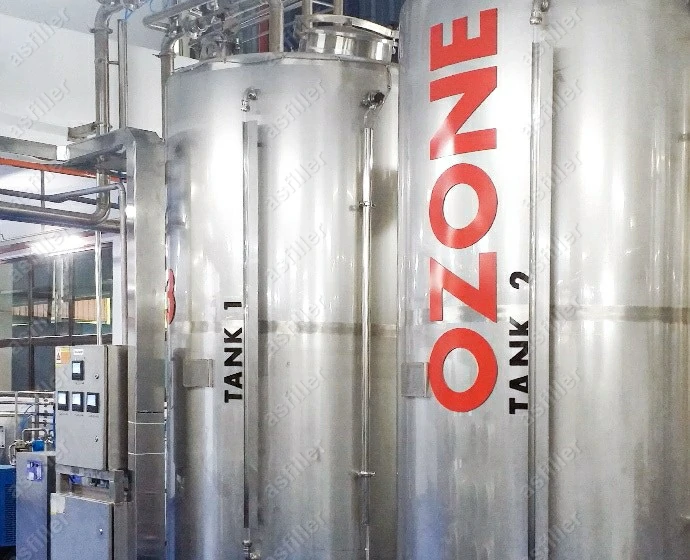Water Treatment System
The origin of life on Earth is closely related to the
existence of water.
It can be said that without water, human life and all other creatures could not exist on this planet today. Among all living organisms, the organisms with the highest water content are considered humans themselves, for example, water in the human body accounts for 60-80% by weight. Biomedical experts estimate that, with an adequate supply of water, humans can survive for more than 10 days and, in extraordinary circumstances, even up to a month without food, which significantly highlights the importance of water for sustaining life on our planet
.
Introduction of water treatment system
The treatment process used in the water treatment system depends on the water quality of the water source and the purpose of using the product water. And the adopted process can be composed of beverage processing system, deep membrane treatment system, mineral addition system, ion exchange system and sterilization system.
Water Treatment Systems Manufacturer Supplier plays a crucial role in providing customized solutions for various industries such as food and beverage production water, beer fermentation and saccharification water, urban water supply and drainage, municipal and industrial wastewater, boiler water supply, high-purity water in the electronic industry, injection water in the pharmaceutical industry, and seawater desalination systems.
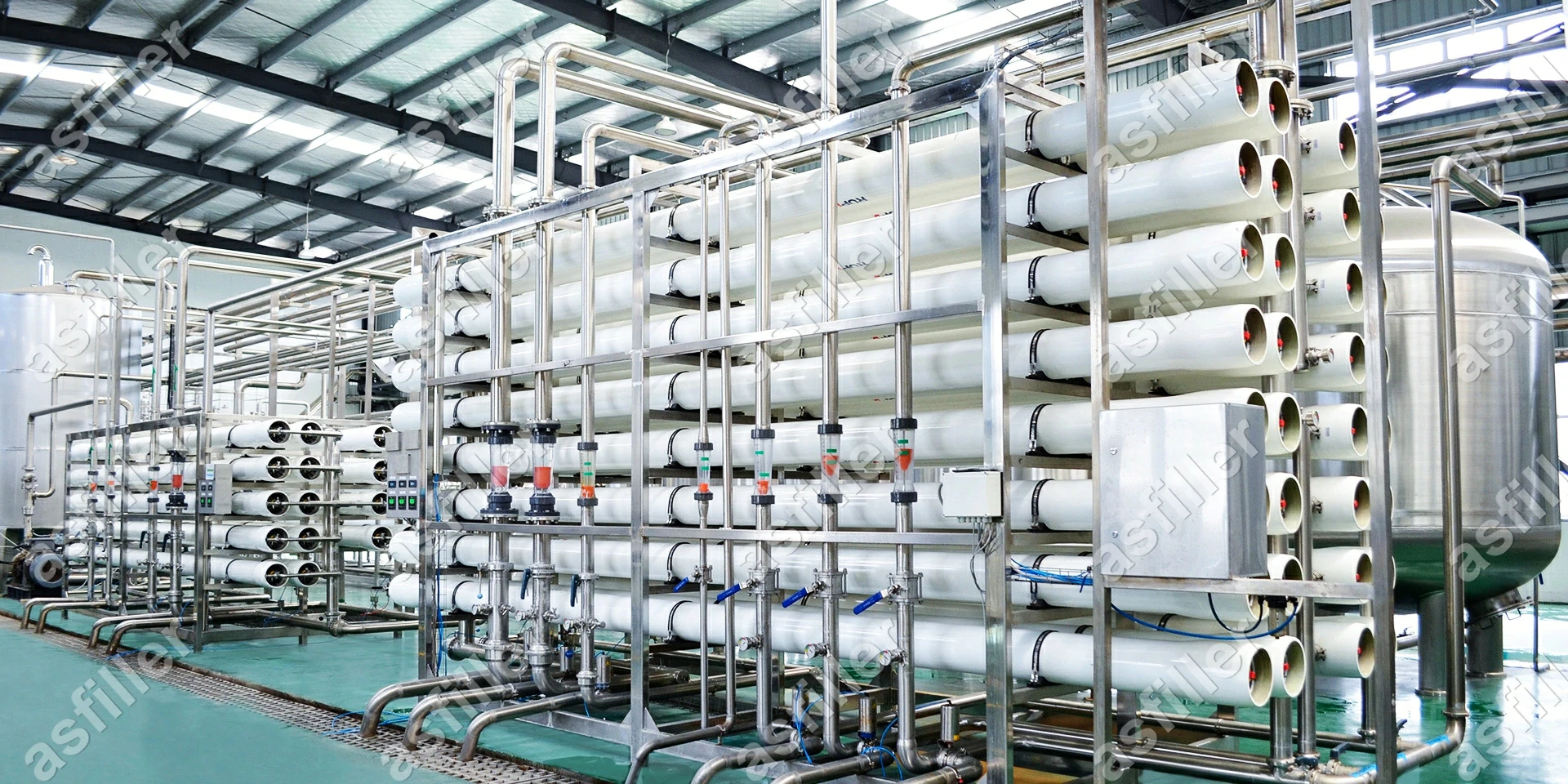
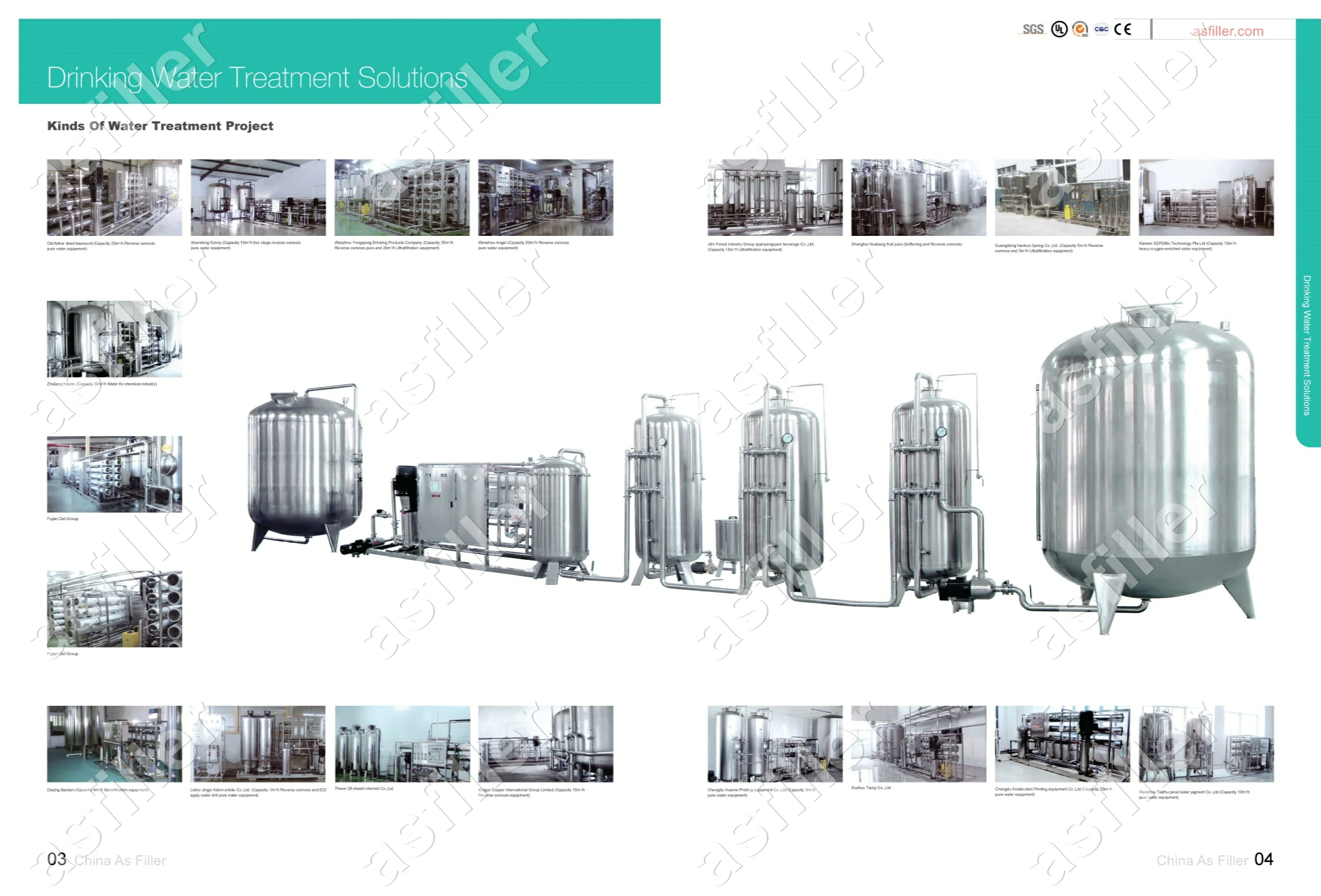
Beverage processing system
The system includes multi-media filter, activated carbon filter, iron and manganese removal filter, fluorine removal filter, etc., which mainly treats solid particles, colloids, suspended solids, free residual chlorine, organic matter and some ions in raw water to ensure compliance with requirements.
Main features:
● The equipment is easy to operate and maintain, and can be operated either automatically or manually, with different combinations are available according to different water quality.
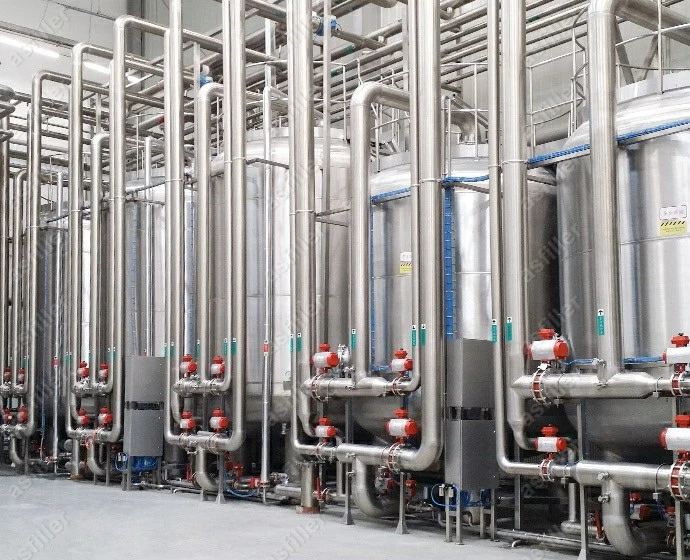
Deep membrane treatment system
Membrane filtration technology is a pressure-based membrane separation method employed in advanced water treatment, also referred to as advanced membrane filtration technology. Under a certain pressure, when the stock solution flows over the membrane surface, and small molecular substances to pass through to become permeate, while the substances in the stock solution whose volume is larger than the micro-pores on the membrane surface are trapped at the liquid inlet side of the membrane and become concentrated solution, thus achieving the purpose of separating and concentrating the stock solution.
The membrane treatment system sets itself apart from conventional filtration technology by offering selective separation on a molecular level, including three distinct components: ultrafiltration, nanofiltration and reverse osmosis.
● Effectively solves the problem of pollution and blockage
Membrane separation is a non-invasive and non-destructive physical process that does not induce qualitative changes or introduce pollutants to the components. Moreover, its cross-flow operation minimizes the risk of blockages and contamination.
● High degree of automation, safe and reliable
High degree of automation, safety and reliability, effective reduction of labor intensity, relatively small footprint, and online cleaning; with wide application range and high treatment efficiency.
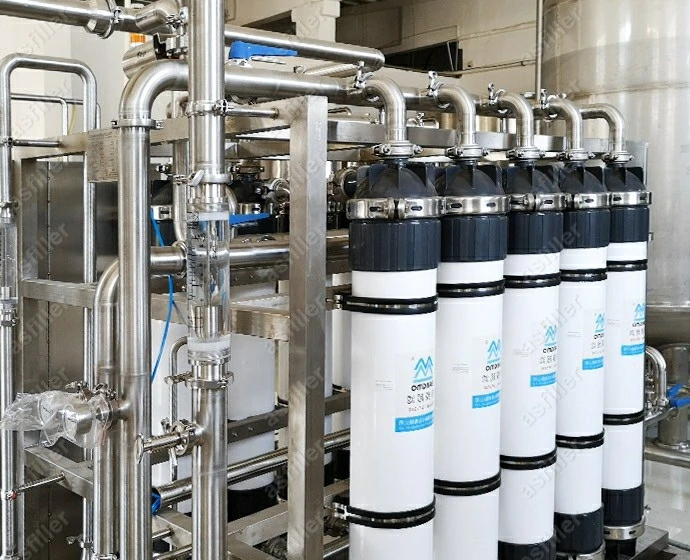
Mineral addition system
Mineral is an essential element for normal physiological function of human body. Since they cannot be naturally synthesized within the body, they must be obtained through water and a balanced diet. Mineral addition system is designed to add a certain proportion of minerals to pure water to supplement human needs.
Main features:
● The integrated equipment has the advantages of small footprint, high precision, high degree of automation, online feeding, stirring, mixing and detection, and CIP function.

Ion exchange system
Polymer (anion and cation resin) is used as medium to replace one or more ions in water to achieve the purpose of hardness reduction and desalination.
Main features:
● Selectively remove ions from water for specific use.
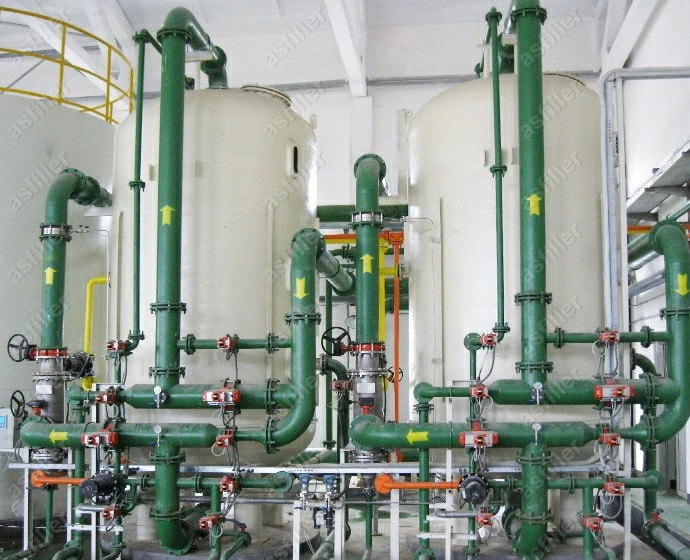
Sterilization system
Water treatment sterilization mainly includes ultraviolet sterilization and ozone sterilization. Ultraviolet disinfection is a physical method to achieve disinfection by using light irradiation in this wavelength range. On the other hand, ozone sterilization is the oxidation-reduction reaction of ozone in water, which produces monoatomic oxygen (O) and hydroxyl (OH) with strong oxidation ability, and oxidizes organic substances, bacteria and microorganisms in water.
Main features:
● Short contact time and strong sterilization ability;
● The equipment is simple, the operation and management are convenient, and ozone sterilization is sustainable.
